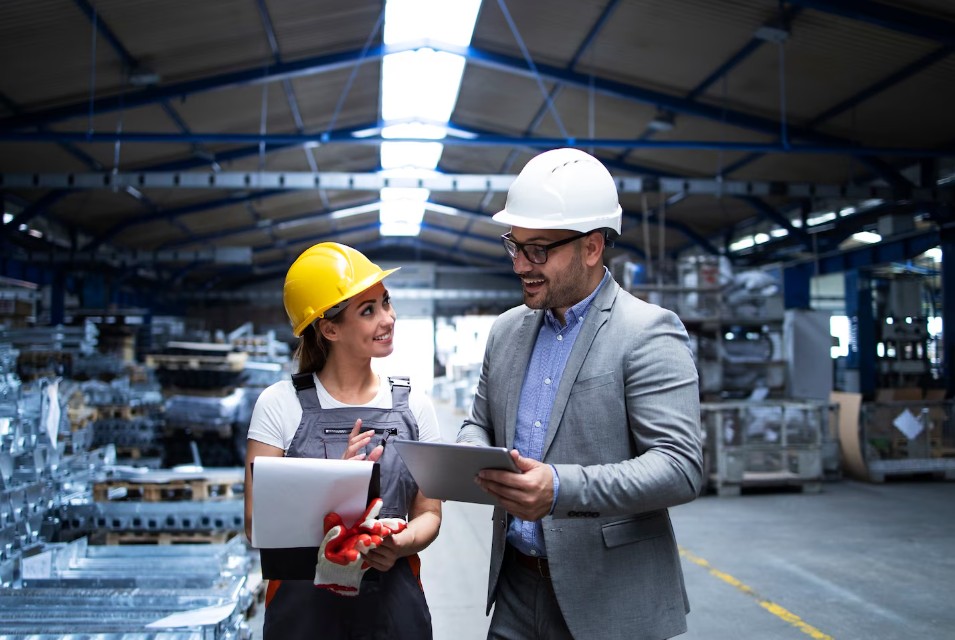Your grandfather’s toolbox probably has wrenches from 1965 that still work perfectly. His car might have hit 300,000 miles before giving up. Somewhere along the way, we forgot how to make things that last.
Now companies are remembering. Customers got tired of replacing things every few years. The environment can’t handle all that waste. Raw materials keep getting pricier.
Smart manufacturers discovered something interesting about metallic packaging. Instead of making it cheap and flimsy, they started engineering it to protect products for years, not months. Turns out customers will pay more for packaging that actually works. Who knew?
1. Money Talks
Every broken product costs real money. Warranty claims eat into profits. Returns hurt the bottom line. Customer complaints spread faster than good news these days.
Your buddy runs a small appliance company. Last year, he redesigned his main product to be more durable. Cost him an extra fifteen bucks per unit. Know what happened? Customer complaints dropped to almost nothing. Returns became rare. Word spread that his stuff actually worked. Sales went up thirty percent.
2. Customers Wised Up
People research everything now. They’ll spend an hour reading reviews before buying a ten-dollar phone charger. They compare warranties. They ask their friends. They remember which brands let them down.
One bad viral video can kill a product line overnight. Remember that luggage company whose suitcase fell apart on the baggage carousel? The video got twelve million views. Their sales dropped forty percent in three months.
3. Science Made It Possible
We can build stuff now that would have seemed like magic fifty years ago:
● New plastics that bend but never break, even in freezing weather or desert heat.
● Metals that remember their shape and fix themselves when damaged slightly.
● Coatings that make surfaces nearly impossible to scratch or stain permanently.
● Materials so strong they make steel look weak, but weigh half as much.
The technology exists. Companies just need the guts to use it instead of chasing quick profits.
4. Going Green Makes Green
Environmental rules get stricter every year. Companies that adapt early get ahead. Those who fight it get left behind, facing fines and angry customers.
Durability fits perfectly with going green. Fewer replacements mean less waste. Less waste means happier regulators and customers who care about the planet. Plus, governments often give tax breaks for sustainable practices.
5. Workers Feel Proud Again
Building junk makes people miserable. Nobody wants to spend eight hours a day making garbage that breaks after six months. When companies focus on quality, workers actually care about their jobs again.
A factory manager told me something interesting. After his company switched to making durable products, sick days went down. Turnover dropped. Workers started suggesting improvements instead of just collecting paychecks. Pride is contagious.
The Real Bottom Line
Durability isn’t some feel-good trend. It’s good business. Companies that figure this out will eat the lunch of those that don’t. The throwaway economy is dying. Good riddance.
The race isn’t about making things cheaper anymore. It’s about making them better. Companies that understand this simple truth will own their markets for decades. Those that don’t will become footnotes in business history books.

